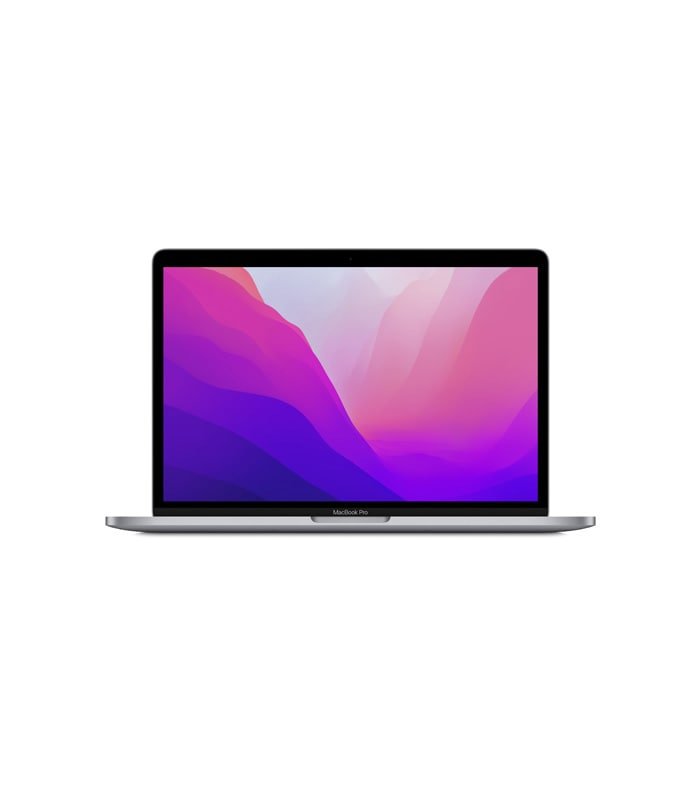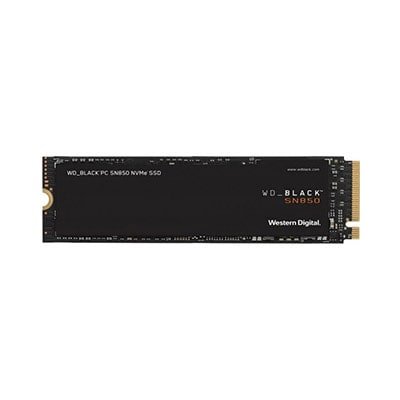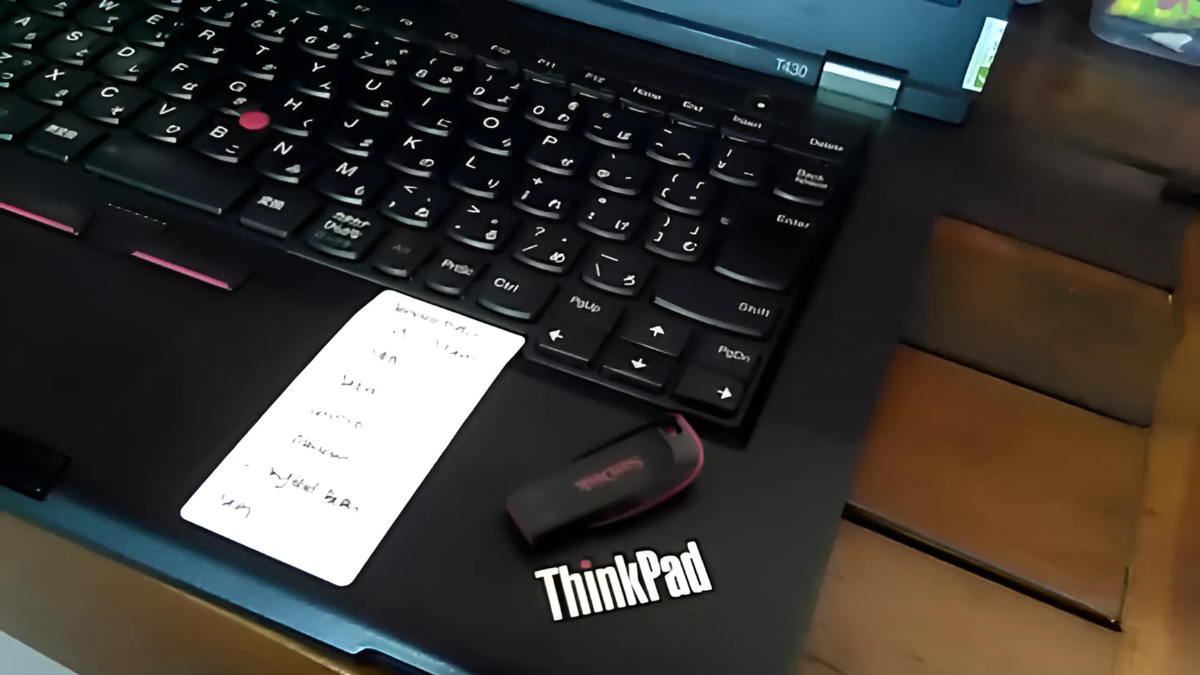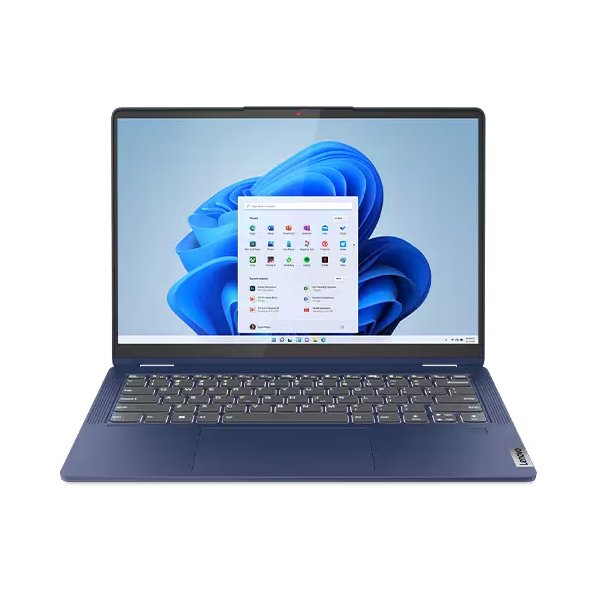Table of Contents
Introduction
In today’s tech world, knowing how to boot your Lenovo ThinkPad from USB can be extremely helpful. Whether you’re trying to install a new operating system, run diagnostics, or recover data, booting from a USB is a reliable way to troubleshoot and customize your computer’s functionality. In this guide, we’ll take you step-by-step through the process, ensuring you’re prepared to boot from USB on any Lenovo ThinkPad.
What Does It Mean to Boot from USB?
Booting from a USB means that, instead of loading the operating system installed on your ThinkPad’s internal drive, your computer loads the system from a bootable USB drive. This can be invaluable for tasks like OS installations, troubleshooting software issues, or using diagnostic tools directly from an external source.
Understanding the Lenovo ThinkPad BIOS
Before booting from USB, you’ll need to access the BIOS (Basic Input/Output System) of your Lenovo ThinkPad. BIOS is the firmware that initializes your hardware components and manages data flow between the operating system and devices. Configuring the BIOS is essential to change the boot sequence.
Why You Might Need to Boot from a USB on Lenovo ThinkPad
- Software Installation: Installing a new OS, such as Linux or Windows.
- Operating System Recovery: Recovering a damaged or corrupt OS.
- Running Diagnostics: Using diagnostic tools to troubleshoot hardware and software.
Preparing Your USB Drive
To boot from USB, first, ensure your USB drive is bootable and formatted correctly.
- Requirements for a Bootable USB: A USB drive with at least 8 GB of storage.
- Formatting the USB Drive: Format the drive to FAT32 or NTFS format.
- Creating a Bootable USB: Use tools like Rufus or the Windows Media Creation Tool to install the desired OS or diagnostic tool on your USB.
Accessing BIOS on Lenovo ThinkPad
To enter the BIOS on a Lenovo ThinkPad:
- Turn off your computer.
- Press and hold the F1 or F2 key (depends on the model) when turning the laptop back on.
- Release the key once the BIOS screen appears.
Setting Boot Priority in BIOS
In BIOS, set the boot priority so your ThinkPad knows to look for a bootable USB first.
- Navigate to the Boot tab.
- Look for Boot Order or Boot Priority.
- Move the USB drive to the top of the list.
Enabling USB Boot in BIOS
In some cases, USB booting is disabled by default.
- In BIOS, go to Security > Secure Boot.
- Ensure USB Boot is enabled.
- Save and exit to apply changes.
Disabling Secure Boot (If Needed)
Some Lenovo ThinkPads have Secure Boot enabled, which can prevent USB booting.
- In BIOS, find the Secure Boot option under Security.
- Set it to Disabled if necessary.
- Save changes and exit.
Booting from the USB Drive
With USB boot enabled and priority set:
- Insert the USB drive.
- Restart your ThinkPad.
- If everything is configured correctly, the system should boot from the USB.
Common Issues and Troubleshooting
- USB Not Detected: Recheck the boot order and ensure USB is enabled.
- Errors During Booting: Reformat the USB or use a different tool to create the bootable drive.
- Solutions to Common Boot Issues: Reset BIOS or try an alternative USB port.
Using Lenovo ThinkPad’s Boot Menu
Instead of entering BIOS, you can use the Boot Menu for a quicker USB boot setup.
- Restart the laptop and press F12.
- Select the USB drive directly from the Boot Menu.
Restoring Default BIOS Settings (If Required)
If you’ve changed multiple BIOS settings, it can help to restore the defaults.
- In BIOS, find the Load Setup Defaults or Factory Reset option.
- Save changes and exit.
Verifying Successful Boot from USB
To confirm the boot was successful, check for:
- OS or tool loaded from USB.
- An initial setup or welcome screen.
Conclusion
Booting from a USB on a Lenovo ThinkPad is straightforward with the right steps. From preparing your USB to configuring BIOS settings, this guide provides everything you need. Remember, if issues persist, try different troubleshooting methods for a smooth experience.
Our Lenovo ThinkPad Products :
FAQs
1. Can I boot any Lenovo ThinkPad from USB?
Yes, most Lenovo ThinkPads support USB booting, though accessing BIOS may vary.
2. Why is my USB drive not appearing in the boot menu?
Ensure it’s formatted correctly and that USB boot is enabled in BIOS.
3. What is Secure Boot, and why should I disable it?
Secure Boot prevents unauthorized software. Disabling it can allow USB-based booting.
4. Can I reset BIOS to fix boot issues?
Yes, resetting BIOS can often fix boot issues by restoring default settings.
5. Which USB format should I use for booting?
Generally, FAT32 or NTFS works best for creating bootable USBs.

 Apple MacBook
Apple MacBook MacBook Pro
MacBook Pro MacBook Air
MacBook Air Mac Mini
Mac Mini Pc Portables Gamer
Pc Portables Gamer AMD Radeon
AMD Radeon GeForce GTX Séries
GeForce GTX Séries GeForce RTX Séries
GeForce RTX Séries Ultrabooks
Ultrabooks
 PC GAMER
PC GAMER PC GAMER ELITE
PC GAMER ELITE PC GAMER Haute Gamme
PC GAMER Haute Gamme PC GAMER Standard
PC GAMER Standard
 Console
Console Xbox
Xbox Processeurs
Processeurs Cartes graphiques
Cartes graphiques RAM
RAM Cartes mères
Cartes mères Boite alimentation
Boite alimentation CPU Cooler
CPU Cooler Air Cooler
Air Cooler disque dur et ssd
disque dur et ssd

 AirPods
AirPods iPhone
iPhone iPad
iPad Apple Pencil
Apple Pencil
 BATTERIES
BATTERIES




